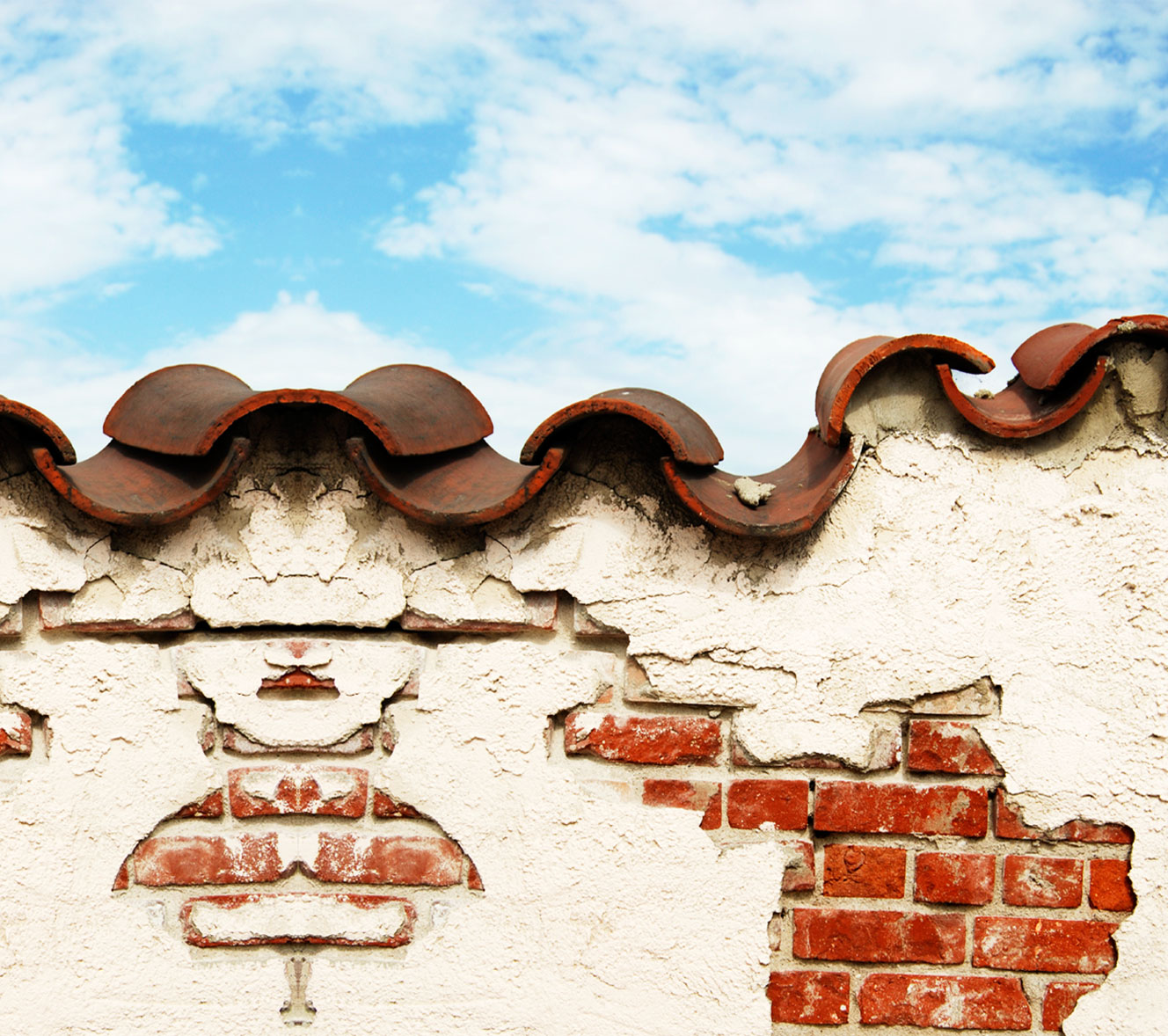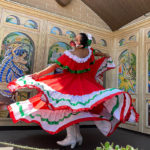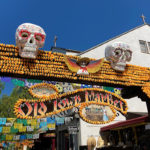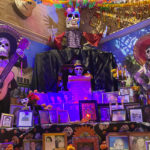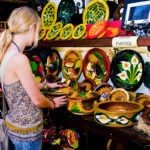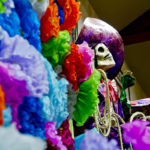
Hours and Information
Native American culture in the San Diego area goes back over 10,000 years. When the Europeans arrived at what is known as Old Town San Diego today, it was already home to the Kumeyaay people. The Kumeyaay had been living on the banks of the San Diego River for thousands of years. The Kumeyaay existed in a sophisticated hunter- gather lifestyle. Small game and acorns were the major food sources. However, their knowledge of the land yielded additional foodstuffs and medicine.
The first European explorer to arrive was Juan Rodriquez Cabrillo. He claimed the area for Spain, calling it San Miguel on September 28th, 1542. He described the area as “an enclosed and very good port”, and of the Kumeyaay people he reported they “were good-natured and attractive people”.
Old Town San Diego is called the birth place of California because in 1769 Father Junipero Serra, along with a group of Spanish soldiers, established the first permanent European settlements in California. Father Serra built the first of the 21 Missions that anchor the development of California for Spain. The Mission was originally built next to the Spanish fort called the Presidio, which is on a hill overlooking the San Diego River and what is Old Town San Diego today.
In 1821 Mexico became independent from Spain, and in 1822 a new military command, along with the former Spanish soldiers, created a community at the base of the Presidio. Today, most of that area is Old Town State historical park. They made the structures of sun-dried adobe bricks, and four of those adobe brick buildings still stand today.
Mexico’s rule ended in 1846 with the signing of the Treaty of Guadalupe Hidalgo. In 1850, California became a state, and San Diego was incorporated as a city that same year.
The Casa De Aguirre
In 1853, Don Jose Antonio Aguirre built one of the first houses in Old Town San Diego, the Casa De Aguirre. Don Antonio was a wealthy merchant and a successful rancher. His ships traded mostly with Peru and China, exchanging San Diego cow hides and tallow for goods. While focusing his efforts in ranching, he became one the largest land owners in California. Since he was born in Spain in 1799, he was both a Mexican citizen and American citizen during his lifetime. Don Antonio was known as a charitable man, and one of his original charitable works still stands in Old Town San Diego. The Old Adobe Church located on Conde Street is where Don Antonio was buried in 1860. After his death, the Aguirre family donated the home and land to the Catholic Church. Father Ubach used the home first as a rectory and then as Saint Anthony’s Industrial School for Indians. After years of disrepair, the original structure was torn down in 1914. In 2002, Historic Tours of America reconstructed the building as you see it today; it includes a free museum with artifacts from an on-site archeological dig.
The Convent building
Originally built as the Saint Joseph’s rectory at the corner of Fourth Avenue and Beech Street in downtown, the building was moved through the streets to Old Town San Diego in 1940. Once in Old Town San Diego, the building was a seminary, convent, community center, and, during World War II, it was a USO. The building was restored in 2003 by Historic Tours of America and is registered as San Diego Historical Site Number 323.
